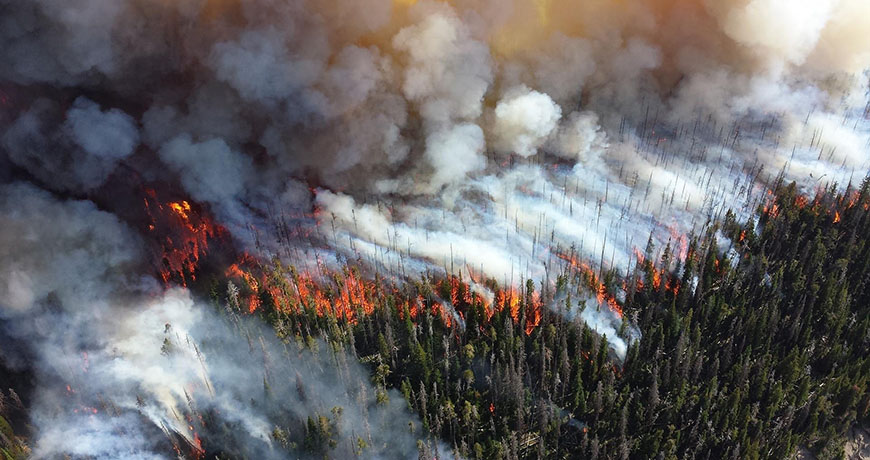Systemic Evaluation of Exoskeletons in Reducing Musculoskeletal Disorders in Manual Timber Felling
This small pilot project assessed logging stakeholders’ interests in the use of exoskeletons to reduce musculoskeletal injuries. Due to COVID-19, this needs assessment was conducted through an online survey of Northwest logging workers, safety managers, and educators in Oregon, Idaho, and Washington.
Our survey demonstrates that the NW forestry industry is generally very interested in exoskeleton technologies and is willing to adopt exoskeletons should it be proven to be effective and safe in various logging environments.

